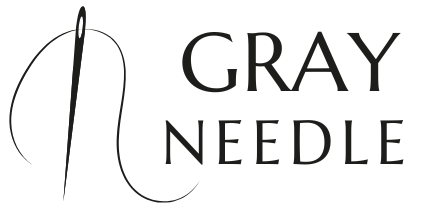For those venturing into the world of sewing, grasping the basics of sewing patterns is crucial. Sewing patterns act as a template that guides you in creating garments or items, ensuring consistency and precision in your projects. When starting out, it’s important to familiarize yourself with the various components of a pattern, including:
- Pattern pieces: These are the individual sections of fabric that you will cut out and sew together.
- Seam allowances: This refers to the extra fabric beyond the stitching line, which is essential for proper assembly.
- Notches: These small marks indicate where to align pieces together for accurate sewing.
- Grain lines: Understanding the direction of the fabric grain is vital to achieve the desired drape and fit.
As you learn these fundamentals, take the time to read through the pattern instructions thoroughly before beginning any project. This will help avoid common pitfalls and enhance your sewing experience. Being part of a community can provide invaluable support; visit our website to learn more and get started today! Click here. With practice and patience, you will soon find sewing patterns to be an exciting avenue for self-expression and creativity!
Choosing the Right Fabric for Your Patterns
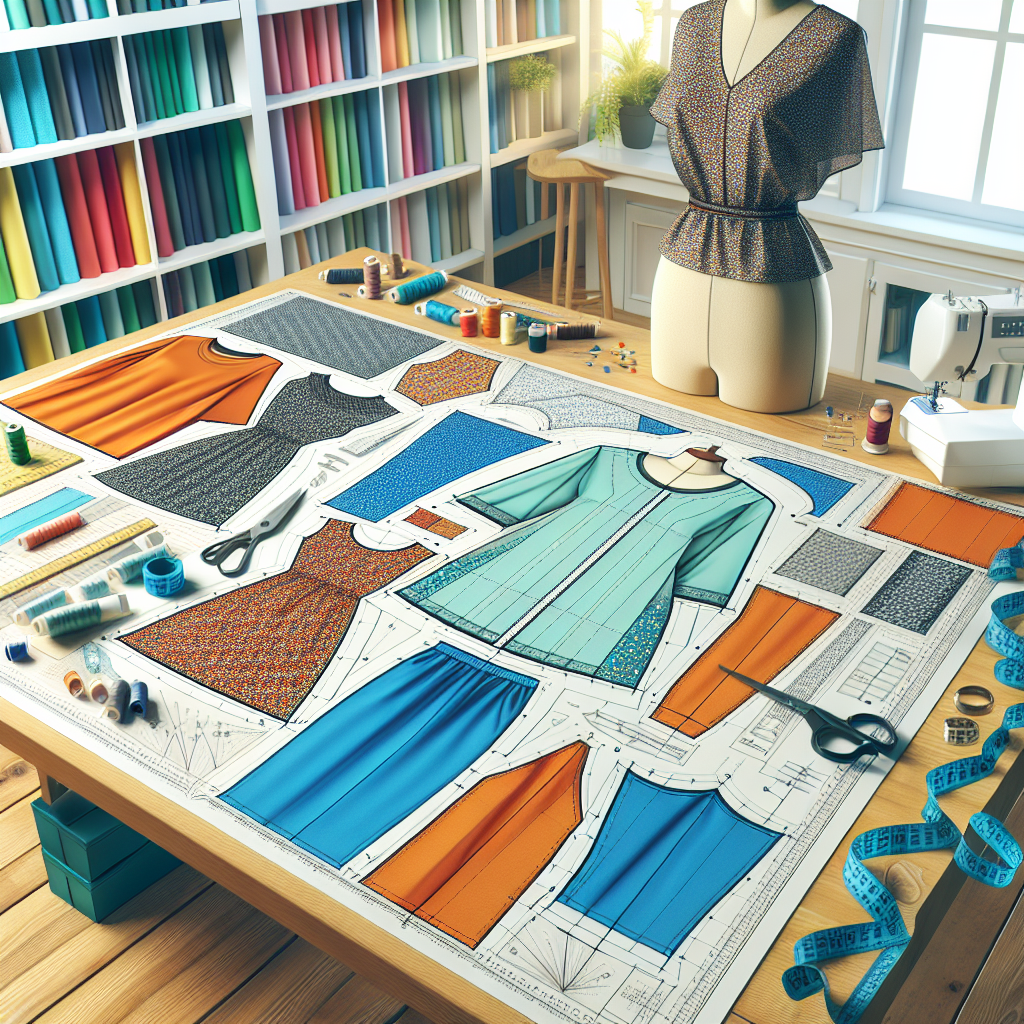
Selecting the right fabric for your sewing patterns is a crucial step that can significantly impact the overall outcome of your project. Each fabric type brings its own characteristics, which can affect the fit, drape, and appearance of your final piece. Here are some key factors to consider when choosing fabric:
- Fabric Weight: Lighter fabrics, such as cotton lawn or chiffon, are suitable for flowing garments, while heavier fabrics, like denim or canvas, work well for structured pieces.
- Fabric Stretch: If your pattern calls for stretch, opt for fabrics like jersey or spandex. Conversely, for more tailored designs, non-stretch materials like woven cotton or silk are ideal.
- Texture and Pattern: Consider how the texture and pattern of the fabric will complement your design. Bold prints may overwhelm a simple pattern, while subtle textures can add depth to your creation.
- Care Instructions: Always check the care requirements of the fabric to ensure you’re comfortable maintaining it. Fabrics that require dry cleaning may not be practical for everyday wear.
By understanding these elements, you’ll be better equipped to make informed choices that align with your sewing goals. Don’t hesitate to experiment with different fabrics to discover what works best for your style and projects!
Essential Tools for Working with Patterns
Having the right tools at your disposal can make a significant difference when working with sewing patterns. Each tool serves a specific purpose, enhancing your efficiency and accuracy. Here are some essential tools that every beginner should consider:
- Pattern Weights: Instead of using pins, which can distort the fabric, pattern weights allow you to secure patterns in place without damaging the material.
- Fabric Scissors: Invest in a good pair of fabric scissors that are sharp and specifically designed for cutting fabric. This will ensure clean edges and prevent fraying.
- Measuring Tools: Accurate measurements are crucial in sewing. A retractable measuring tape and a clear ruler can help you take precise measurements and mark your fabric effectively.
- Marking Tools: Use fabric chalk or markers to transfer markings from the pattern to your fabric. These tools allow for clear visibility and are easy to remove after sewing.
- Rotary Cutter and Mat: For straight cuts, a rotary cutter paired with a cutting mat can provide precision and speed, making it easier to cut multiple layers of fabric.
Equipping yourself with these essential tools will not only make your sewing experience more enjoyable but will also lead to better results. As you progress, you may find additional tools that suit your personal sewing style and needs.
How to Properly Read Sewing Patterns
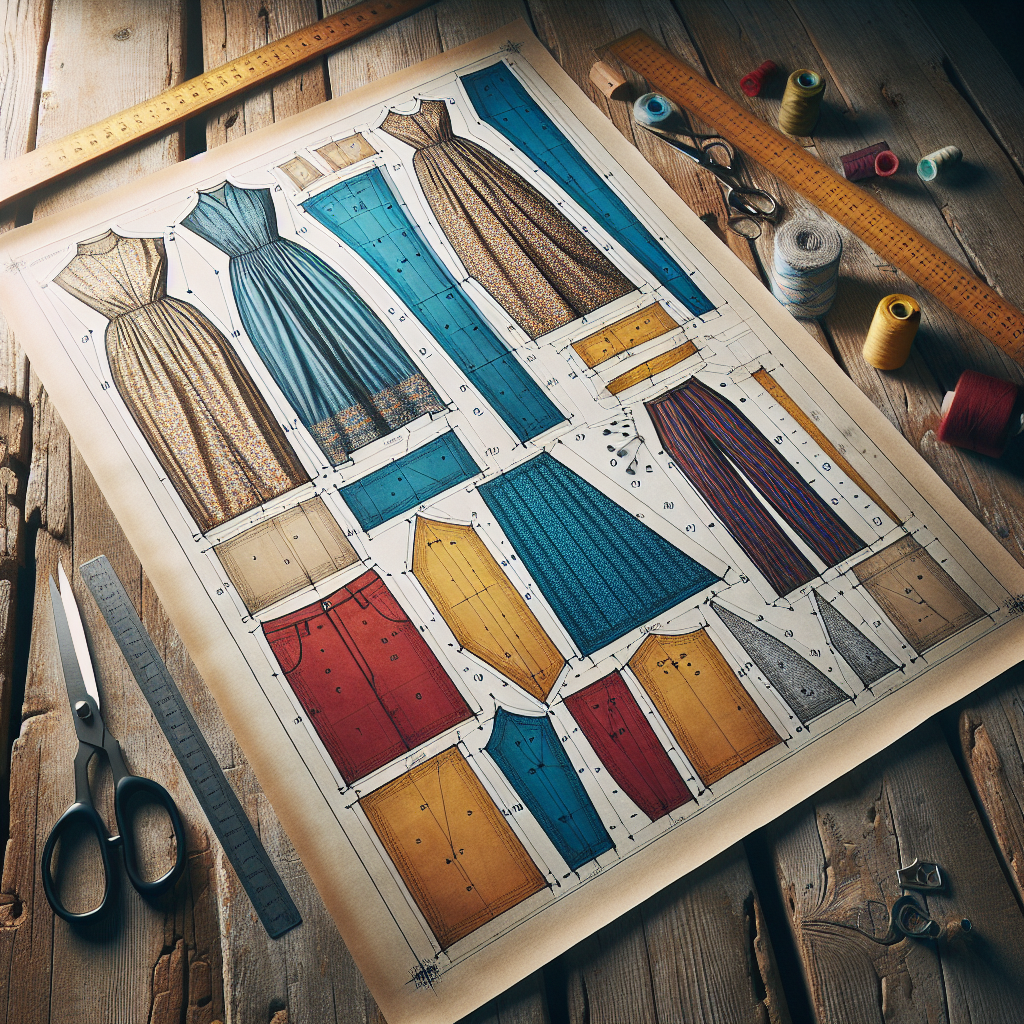
Understanding how to read sewing patterns is a crucial skill that every beginner should master. Sewing patterns come with a wealth of information that guides you through the entire sewing process. Here are some key aspects to consider when approaching a sewing pattern:
- Pattern Envelope: The first step is to examine the envelope. It typically includes the pattern number, size options, and a picture of the finished garment. This gives you a visual reference of what the completed project will look like.
- Size Selection: Patterns usually come in multiple sizes. Be sure to take accurate measurements of your bust, waist, and hips. Use the size chart provided on the pattern to select the correct size for your body.
- Cutting Layout: The cutting layout shows how to place your pattern pieces on the fabric. Following this layout can help you maximize fabric usage and ensure that all pieces fit correctly.
- Notations and Symbols: Pay attention to the notations and symbols on the pattern. These often indicate where to place darts, pleats, or any other construction details. Familiarizing yourself with these symbols is vital for proper assembly.
- Instructions: Lastly, the instruction sheet provides step-by-step guidance on how to sew the garment. Read the instructions thoroughly before starting, and follow them in order to avoid confusion.
By taking the time to properly read and understand sewing patterns, you will set yourself up for success in your sewing projects, leading to a more enjoyable and rewarding experience.
Tips for Modifying Sewing Patterns
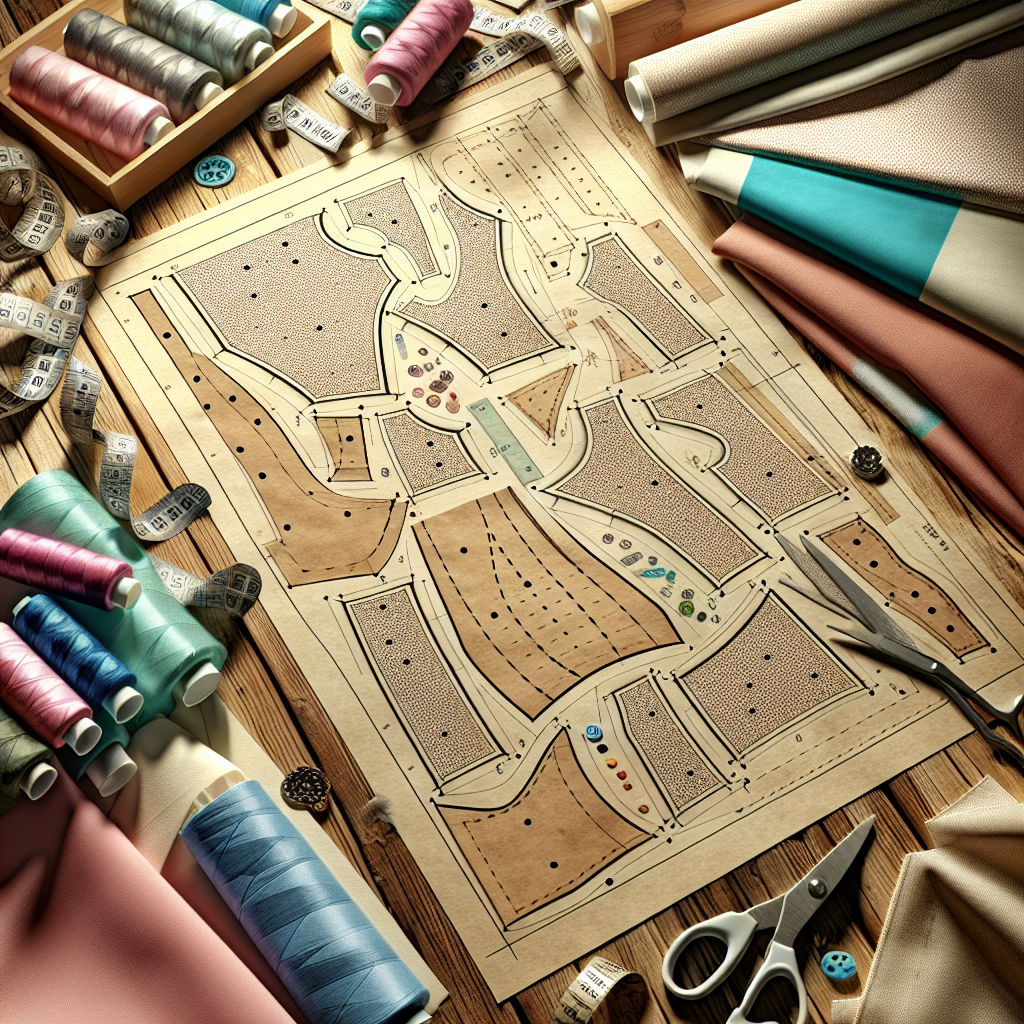
Modifying sewing patterns is a fantastic way to personalize your projects and make garments that truly reflect your style. Here are some valuable tips for modifying sewing patterns that can help you achieve a perfect fit and unique design:
- Understand the Basics: Before diving into modifications, familiarize yourself with the original pattern. Knowing how each piece fits together will help you make informed changes.
- Make a Muslin: Consider creating a muslin (a test garment) using inexpensive fabric. This allows you to test fit and make adjustments without ruining your desired fabric.
- Adjusting Length: If a pattern is too long or short, you can add or remove length from the hem, sleeves, or bodice. Be sure to maintain the shape of the garment when making these alterations.
- Changing Silhouette: To create a different silhouette, you can alter the darts, seams, or even the neckline. For example, converting a fitted top into a looser style can be accomplished by adjusting the side seams and adding ease.
- Adding Design Elements: Get creative by adding pockets, changing sleeves, or incorporating different fabrics. These modifications can give a unique touch to your finished garment.
By applying these tips, you can confidently modify sewing patterns to suit your personal taste and create garments that fit perfectly. Remember, the key to successful modifications is practice and experimentation!
Common Mistakes to Avoid with Patterns
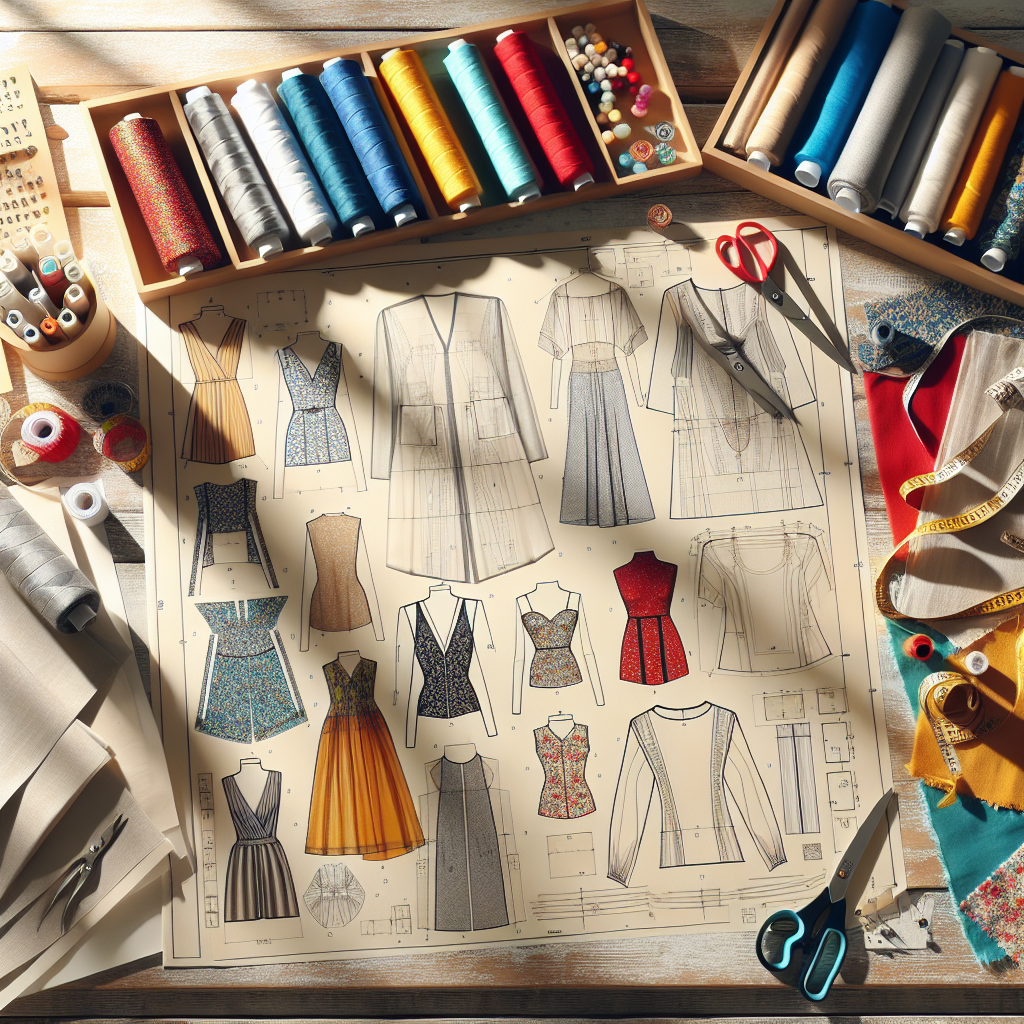
As a beginner, navigating the world of sewing patterns can be both exciting and challenging. However, there are some common mistakes to avoid with patterns that can hinder your progress. By being aware of these pitfalls, you can enhance your sewing experience and produce better results:
- Ignoring the Size Chart: One of the most frequent mistakes is neglecting to check the size chart. Each brand may have varying sizes, so always measure yourself and select the appropriate size based on the pattern.
- Skipping the Pre-Wash: Fabrics can shrink after washing, which may lead to a surprise in fit after you’ve sewn your garment. Always pre-wash your fabric before cutting your pattern pieces.
- Not Reading the Instructions: Patterns come with instructions for a reason. Skipping this step can result in confusion during assembly. Take the time to read through the instructions carefully before starting your project.
- Forgetting Seam Allowances: Some patterns come with seam allowances included, while others don’t. Be sure to note this to avoid issues with fit later on.
- Rushing the Process: It can be tempting to rush through your project, especially when you’re excited. However, taking your time to ensure accuracy in cutting, sewing, and finishing will yield better results.
By avoiding these common mistakes, you can significantly improve your sewing journey and enjoy creating beautiful garments. If you’re eager to learn more about sewing and enhance your skills, visit our website to learn more and get started today! Click here.
